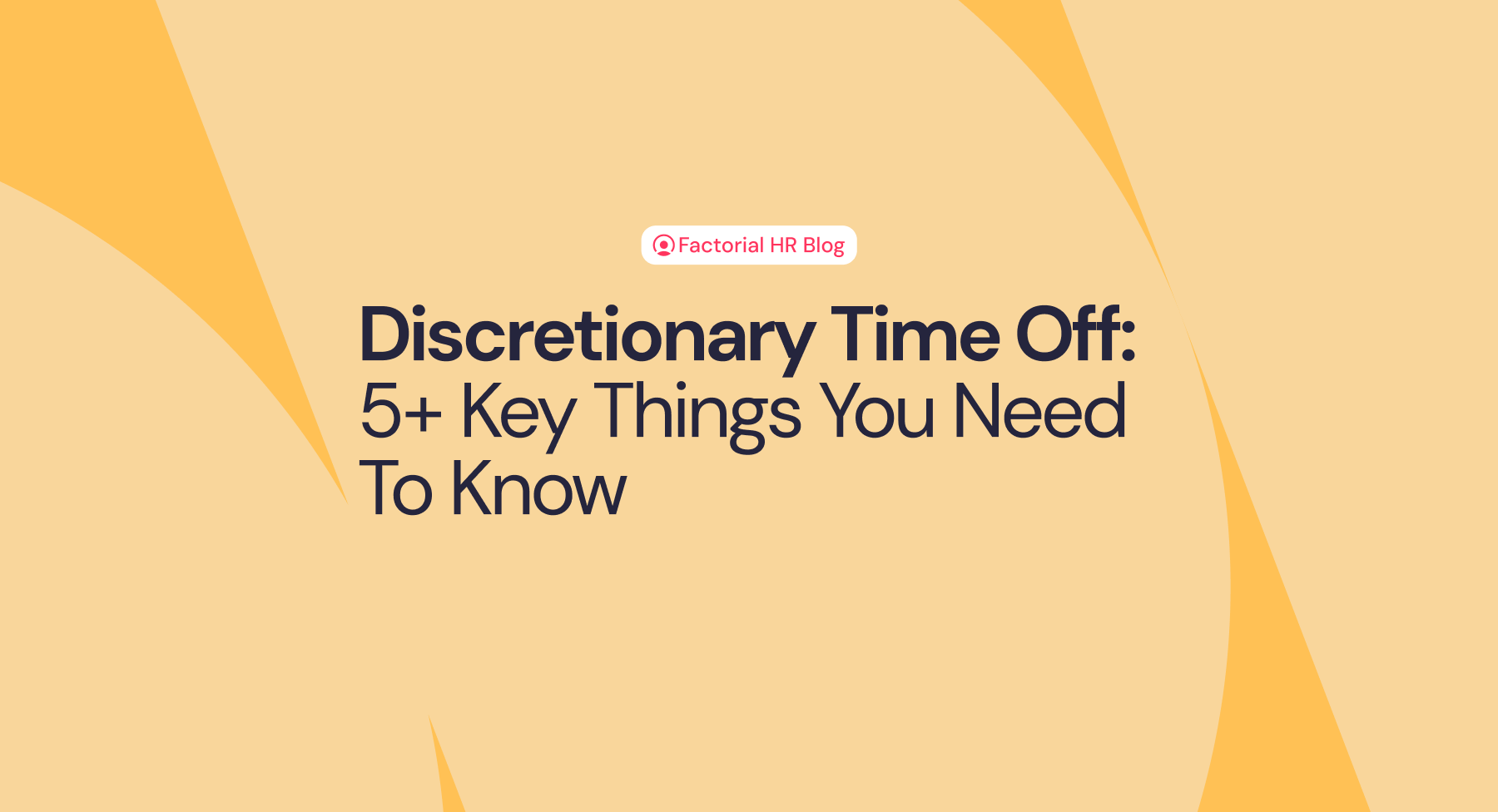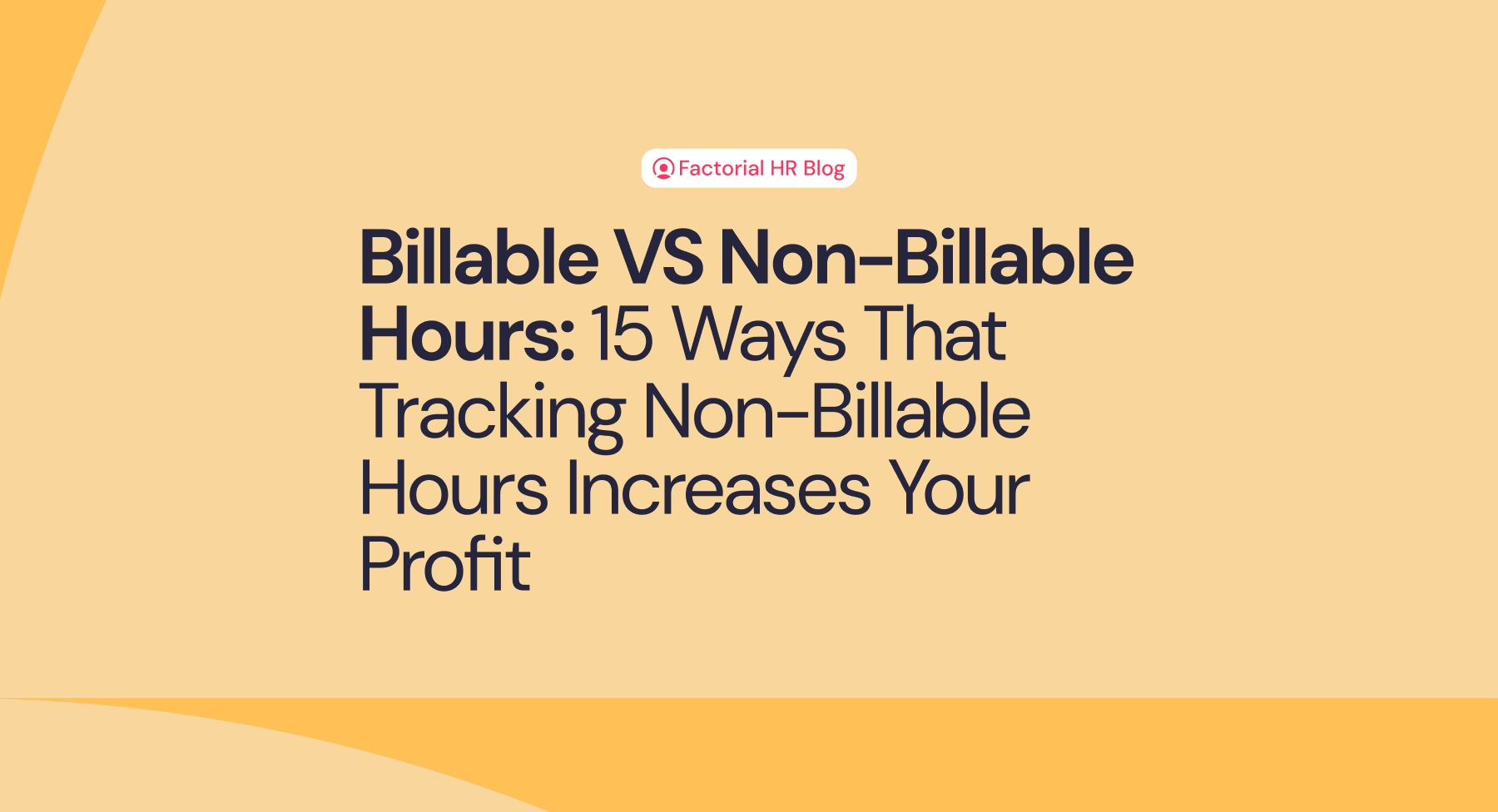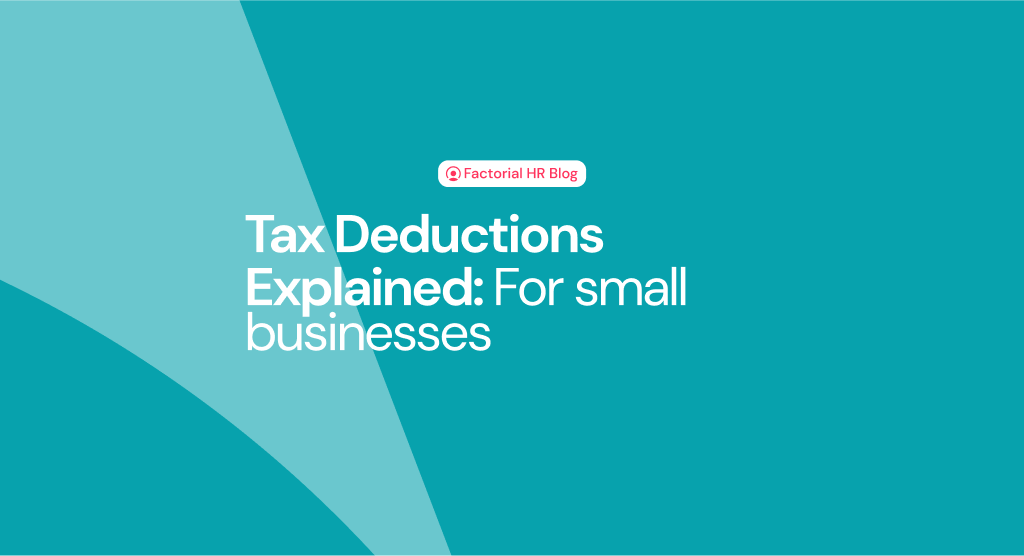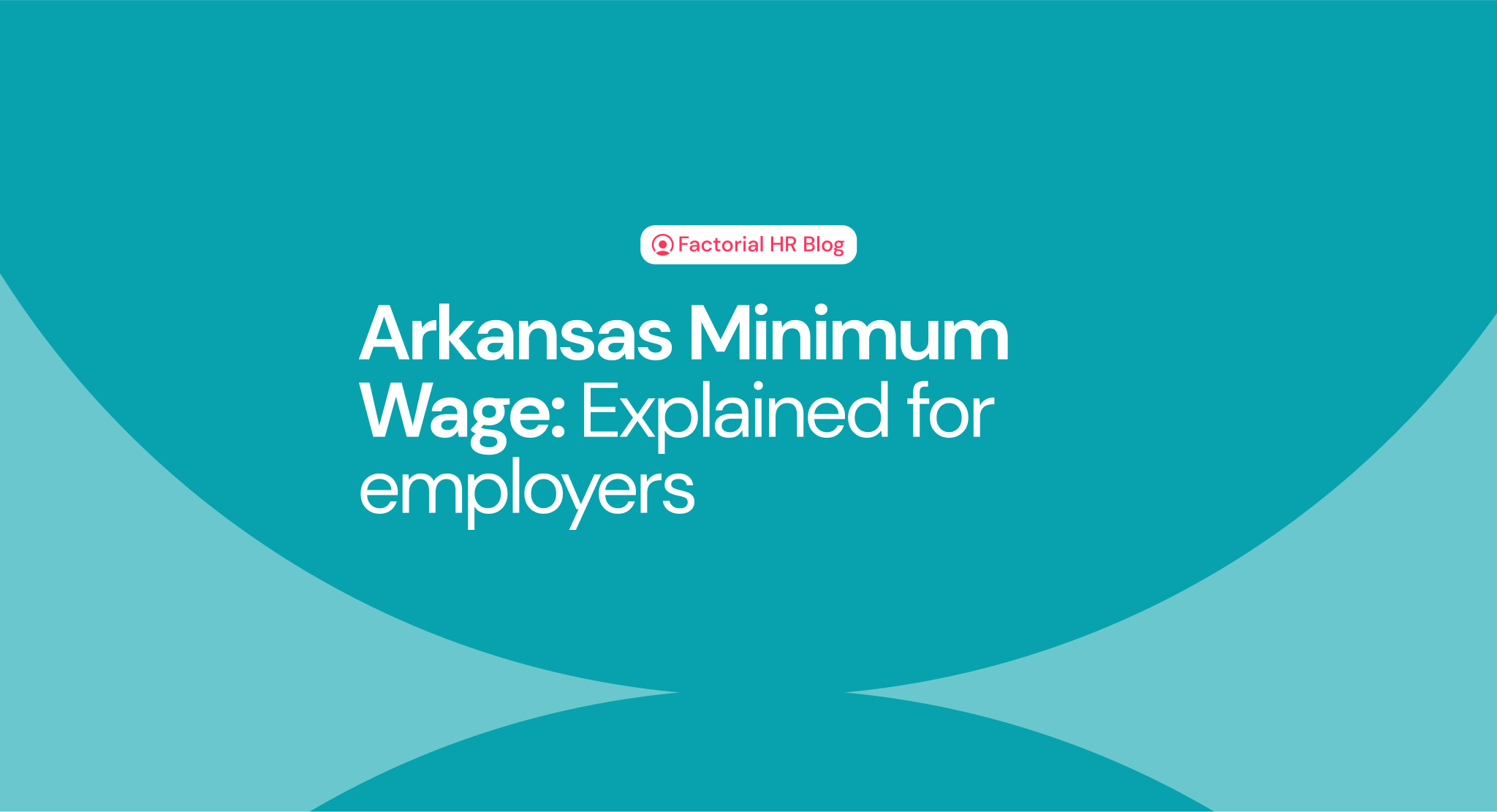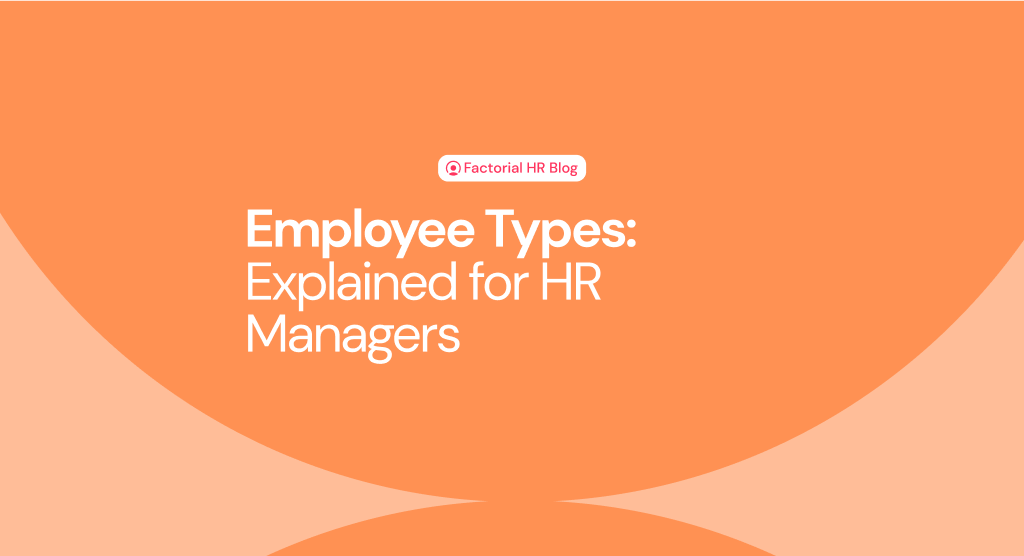Unfortunately, the number of coronavirus cases is increasing. This means further restrictions on public and private life. We are being advised to stay home and avoid contact with others, including loved ones. As such, businesses are shutting down offices so people are prevented from going to their workplace. This can have serious financial repercussions for employers, employees and their families.
COVID-19 is presenting employers with a never-before-experienced situation. They are sailing through uncharted waters, not knowing what to do and what will happen in the future. Of course, the safety and livelihoods of their workers are of the utmost importance during this unprecedented time.
Today, we’re going to explore the topic of emergency paid leave. We will also focus on the new measures the US Government is putting in place to support employers and employees alike.
Emergency Paid Leave
In response to the outbreak of COVID-19 and the subsequent effect on employees, the US Congress has recently passed emergency leave legislation. Known as the Families First Coronavirus Response Act (FFCRA), it contains numerous updates to the country’s current employment regulations.
The Act has been created primarily as a means to offer support to anyone affected by the coronavirus. The FFCRA was signed by President Trump on March 18th, 2020 and will come into effect from April 1st, 2020. It will be effective until December 31st, 2020.
Families First Coronavirus Response Act
The FFCRA is made up of two components relative to paid leave, namely the Emergency Family and Medical Leave Expansion Act and the Emergency Paid Sick Leave Act. Under the FFCRA, employees will be entitled to federal emergency paid sick leave before using state or local sick leave or accrued employer-offered paid time off (PTO).
Essentially, this Act calls for employers to provide employees with paid sick leave or family and medical leave. This will be for specified reasons related directly to COVID-19 from its effective date. This new law’s ultimate aim is to offer financial support to those who have been affected by the virus. This will be either, through the closing of the workplace or illness related to COVID-19.
FFCRA Eligibility
One question you might be wondering is “Who is eligible for emergency leave?”. Available to employers with 500 employees or fewer, this new law provides workers with two weeks paid sick leave. Sick leave is paid out when:
- The employee’s regular rate of pay to a maximum of $511 per day. This is only if the employee is unable to work because they are quarantined and/or experiencing COVID-19 symptoms and seeking a medical diagnosis.
- Two-thirds of the employee’s regular rate of pay up to a maximum of $200 per day. This applies when the employee is unable to work due to a need to care for an individual subject to quarantine or care for a child. Or when the employee is experiencing substantially similar specified conditions.
A full-time employee is entitled to up to 80 hours of emergency paid leave. Whereas, A part-time employee is entitled to the usual number of hours they work in a normal two-week period.
Exclusions
Small businesses with fewer than 50 employees may qualify for an exemption from the requirement to provide leave. However, this would be in the event of school closures or the unavailability of child care. Thus, the leave requirements would jeopardize the viability of the business as a going concern.

Emergency Leave FAQs
How does the FFCRA pay employers?
Employers may be wondering how the process of emergency paid leave works. Essentially, the employer pays their employees directly the amount stipulated in the Act. Then, employers covered by the Act qualify for dollar-for-dollar reimbursement through tax credits for all qualifying wages paid under the FFCRA.
Can the employee take the leave intermittently?
The FFCRA does not state whether the leave may be taken intermittently. However, the US Department of Labor (DOL) states that intermittent leave is permitted as long as there is an agreement between employer and employee.
Do employees have a right to return to their positions after taking leave?
Yes. Employers can not fire or refuse to reinstate employees as a result of a leave.
What documents should employers request?
The DOL advises employers to collect all documents related to the reason for the absence.
If an employee cannot work on-site for a COVID-19 qualifying reason, can they work from home?
Yes, but only if the employee is physically able to do so, otherwise a FFCRA benefit claim cannot be obtained. Reasons must be given by the employee when determining whether they are able to work remotely or not.
What are the leave requirements?
The coronavirus response act provides workers with paid sick time if they are unable to work, either in the office or remotely. This is because they:
- Are subject to quarantine or isolation related to COVID-19
- Have been advised by a health care provider to self-quarantine
- Are showing symptoms and seeking a medical diagnosis
- Need to take care of an individual who has been ordered or advised to self-quarantine
- Must care for their child if the school or childcare facility has been closed or the childcare provider is unavailable
- Are experiencing any other substantially similar condition determined by the secretary of Health and Human Services in consultation with the Secretary of the Treasury and the Secretary of Labor
For more information…
The DOL has issued guidance on compliance with the rules and regulations stipulated under the FFCRA. For more information on this paid leave, head to their website. Here you will find a detailed explanation of legal rights and responsibilities for both employer and employee.
Better manage employee emergency leave with Factorial -Try it for free!
Contributed by Charlotte Stace; Edited by Tanya Lesiuk


